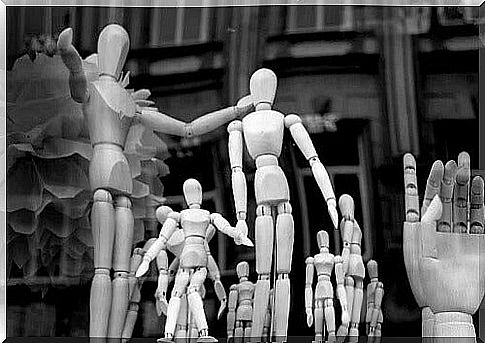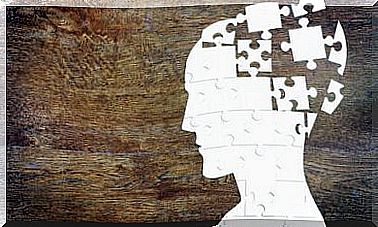Social Identity And Personal Identity

Our personal identity, to some extent, depends on our social identity. Who I am depends on who we are as a group. Consequently, belonging to different groups will have effects on different levels, from our personality to the collective levels. This is because we are not individual beings, but we live in societies where we interact with other people.
To understand social identity, it is necessary to distinguish it from personal identity. On the one hand, personal identity is made up of the characteristics that make us unique. On the other hand, social identity is the part of the self-concept that comes from belonging to a social group and the emotional meaning and value that accompanies that belonging.
We have at least two types of identities: personal identity and social identity. In reality, however, we belong to more than one group, so we have different social identities. How do so many identities work together? One at a time. The activation of an identity, both personal and one of the social identities, will lead to the deactivation of the others.

Formation of social identity
Understanding social identity begins with self-categorization. People have a tendency to categorize. We tend to sort the objects of the world into categories to make them easier to understand. This also applies to people. We divide people into different categories, which leads us to self-categorize or include ourselves in some of these categories.
From this self-categorization arises a preference for one’s own category, which leads to being distinguished from other categories or groups. In this way, the preference for one’s group materializes in the preference for its norms, values and behaviors. Finally, group consciousness emerges. That is, becoming aware of belonging to a group and recognizing its members as such.
Identifying with a group does not just mean belonging to a group. Identification also has psychological effects that occur at different levels, making it a multidimensional phenomenon. On an individual level, we can distinguish between cognitive, emotional and motivational effects.
Identification at the individual level: social identity
First, the two most important cognitive effects are self-categorization and the importance of group membership. On the one hand, self-categorization, which has already been explained, can result in a depersonalization that occurs when… On the other hand, importance is measured in terms of centrality and salience. The importance of the group in making individual decisions and the likelihood of acting in line with the role played in the group.
Second, identification with a group arouses certain emotions and feelings. In general, the positive ones. For example, love, devotion, care and concern, which are shared by group members. Third, we all need to belong. In particular, belonging to a collective or a group. This need is what awakens the motivation in us to unite and identify with a group.
Collective identification
When members of a group define themselves as such, identify with that group, believe that membership is important, and are aware that other members have similar beliefs, feelings and behaviors, the collective exists as a psychological entity. This entity, which is only psychological, gives meaning to the group. In particular, identity provides six characteristics:
- The sense that there is a common destiny.
- The perception of the uniqueness of the group and its distinction from other groups.
- Coordination of the activities of group members.
- Shared beliefs, attitudes, norms and values.
- Concern for the well-being of the group and mobilization and sacrifice for its good.
- The continuity of the group over time.

Social identity and context
Identities are also influenced by context, so they can be associated with certain territories. Likewise, social identities are linked to certain cultures and languages. There is also a collective memory: it is the story of how the group was formed and how it evolved.
Finally, we have certain social beliefs. In addition to social beliefs about the territory and collective memory, others derive from shared experiences and distinguish the group from other groups. These beliefs form the ethos, which is a coherent and systematic system of knowledge of society.
To conclude , social identities are complex. Identification with a group is not just the importance we attach to it, it is much more. Therefore, social identities are also different. Some aspects may be more important to some people than to others.









